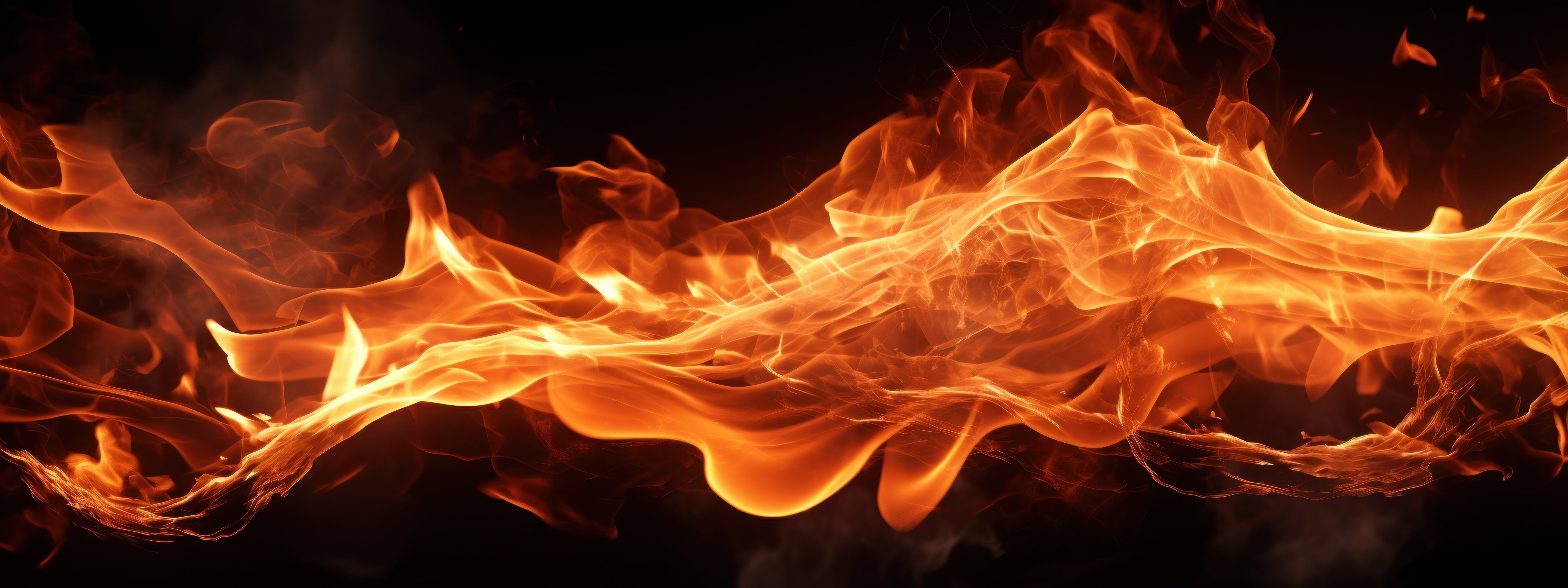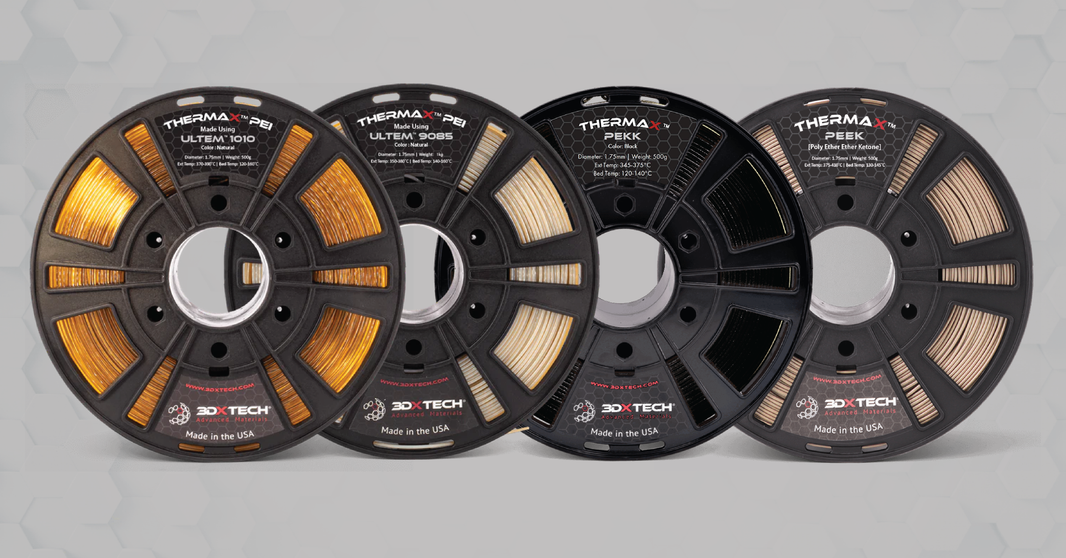High-Performance Flame-Retardant Filaments for Demanding Industries
From aerospace to automotive, defense to industrial manufacturing, safety and compliance are paramount. Flame-retardant and high-performance 3D printing filaments give engineers the ability to produce parts that meet strict fire-safety standards without compromising strength, thermal stability, or chemical resistance.
Why Flame-Retardant Filaments Matter
Flame-retardant (FR) filaments are engineered to self-extinguish when exposed to fire, many meeting UL94 V-0 standards. Beyond flame resistance, advanced polymers like PEEK, PEI, PPSU, PSU, and TPI provide exceptional mechanical properties, making them trusted in mission-critical industries where failure is not an option.
Industries Benefiting from FR & High-Performance Filaments
- Aerospace: Lightweight, high-strength parts that meet FAA fire, smoke, and toxicity standards.
- Automotive: Under-hood and electrical components requiring thermal and flame compliance.
- Defense: Mission-critical housings, connectors, and structures where safety is non-negotiable.
- Industrial Manufacturing: Flame-resistant tooling, jigs, fixtures, and end-use parts for factory environments.
Applications
Engineers deploy these materials across the product lifecycle:
- Prototypes: Functional parts that accurately simulate real-world performance under heat and stress.
- Tooling, Jigs, & Fixtures: Durable and safe for use in high-temperature or electrical environments.
- End-Use Components: Production-ready parts where fire safety and performance compliance are mandatory.
Key Flame-Retardant and High-Performance Filaments
- FR-ABS: Easy to print and cost-effective, FR-ABS offers dependable flame resistance for automotive and industrial use.
- FR-PC-ABS: A stronger, higher-heat blend that balances toughness and flame safety, ideal for housings, connectors, and enclosures.
- PEEK: An ultra-high-performance polymer with outstanding chemical resistance, continuous-use temperatures up to ~250 °C, and inherent flame retardancy. Widely used in aerospace, oil & gas, and medical implants.
- Ultem™ (PEI): Known for high strength, thermal stability, and compliance with stringent aerospace and defense standards. Meets UL94 V-0 while maintaining dimensional stability at high temperatures.
- PPSU (Polyphenylsulfone): Excellent hydrolytic stability, chemical resistance, and toughness. Common in aerospace interiors and sterilizable medical applications.
- PSU (Polysulfone): Provides flame resistance with high mechanical strength and dimensional stability. Useful for automotive, defense, and industrial housings.
- TPI (Thermoplastic Polyimide): One of the highest-performing polymers in 3D printing, offering continuous-use temperatures above 250 °C, outstanding chemical resistance, and natural flame retardancy for extreme environments.
Benefits of These Materials
- Meet strict flame and smoke regulations (UL94 V-0, FAA, military standards)
- Deliver exceptional strength, heat, and chemical resistance
- Reduce risks in high-heat or electrically sensitive environments
- Support functional prototyping and end-use production in regulated industries
Conclusion
High-performance 3D printing filaments such as FR-ABS, FR-PC-ABS, PEEK, Ultem PEI, PPSU, PSU, and TPI empower engineers to create safer, stronger, and compliant parts. Whether it’s aerospace, automotive, defense, or industrial manufacturing, these materials make it possible to meet the highest standards for reliability and safety in additive manufacturing.






